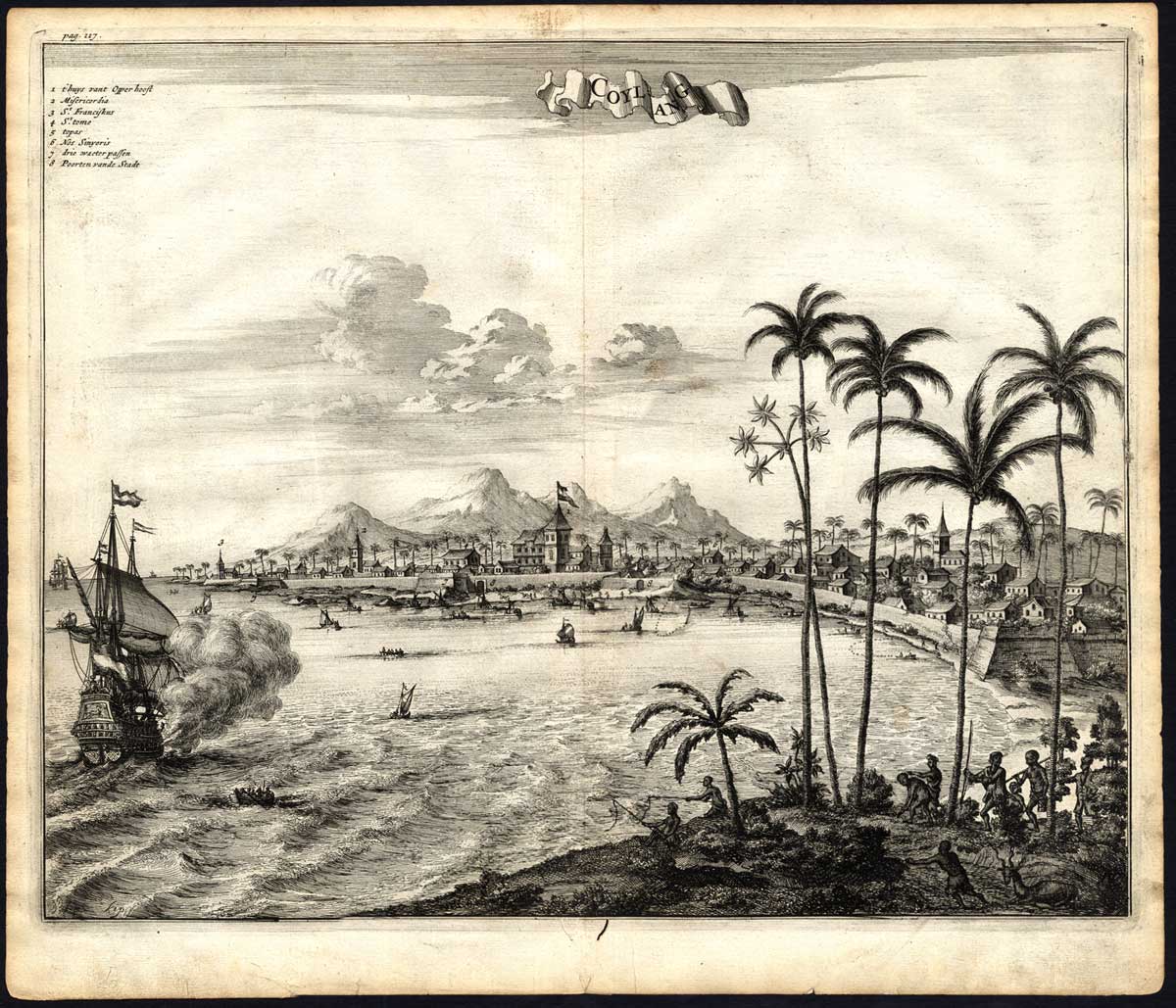
Photo of Dutch Architecture
A lecture took place February 2nd discussing the found depictions of Dutch architecture. The lecture was a discussion of the imagery of a Dutch influenced colonial history. The images shown in the lecture were those of watercolors, woodcut engravings, and modern photographs that show how the areas would have looked at the time.


Marsely Kehoe Marsely discussion with student
The lecture was presented by Marsely Kehoe. Kehoe got her Ph. D from the University of Wisconsin- Madison. Her background is in the field of Dutch colonial art history and culture. Her research extends the exploration of Dutch culture and its connection to the influences the Dutch received from the cultures of the area around them. While listening to her lecture, her enthusiasm was well received on the topic of Dutch culture. Her extensive and continuation into the exploration if that culture remained evident in her curiosity to see why the imagery was created in the way it was. Marsely Kehoe felt as I did, at the beginning of her research, that the images reflected the way the cities would have looked during the 17th century. As she continued to look at the images more closely she began to see that the was no longer the truth.

Johan Nieuhof published by Jacob van Meurs
The discussion focused much on Johan Nieuhof, a Dutch traveler who explored places such as Brazil, China, and the East Indies. In his travels he recorded what he saw and left the description with his brother. His brother in his depictions tended to exaggerate the descriptions of the places Johan visited. The image above shows an example of an image depicted from Johan's description of Amsterdam in 1682 and published by Jacob. Often as shown with this image, in Marsely's research, was that Dutch architecture was be placed in these woodcut images often although those buildings wouldn't have existed.

Johannes Rach, "The Dutch Church in Batavia, 1969
Another image discussed in the lecture was the image above by Johannes Rach with a Dutch church in the middle of the image. If one looks closely they can see the Dutch architecture off to the side. As often seen in these early depictions, Dutch architecture is introduced in the engravings. Since the engravings were done by Dutch people, there is a sentiment discussed in the lecture of an attempt to show Dutch pride. During this time, the colonialism by the Dutch began to subside, so there was a incentive to impose Dutch architecture in order to symbolize the past influence of the Dutch in the area. These images were seen in books that were sold to Europeans, so the Dutch imagery can be seen as a sort of self preservation.

Amsterdam Holland Netherlands
What drives the research of Marsely Kehoe? She discussed that one of her advisors was of Dutch influence and the other was American, so her research is an attempt to marry the two. She has also said that she wants to study Dutch culture at home and abroad. It's evident in her work that she wants to discuss what it means to be a tourist in those places today and what it means to be a person living there today. With an attempt to get back to their own culture it makes since that their depictions in art had a motive to see more of themselves although that wasn't the way the city would have looked at the time. When comparing with how the places and architecture look today one has to wonder, how much of the images reflect what the city really looked like and how it would have been to be in the depicted cities long ago.